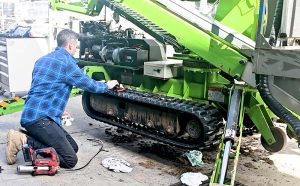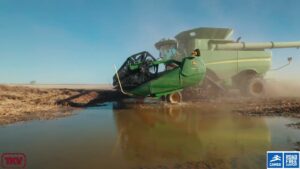Construction is also rich in small business and predominately utilizes Australian manufacturing, labour and resources in its supply chain. This being said; construction certainly has not been immune from the effects of COVID-19. During 2020 residential and subdivision works declined by more than 10%. The governments at both Federal and State levels have responded by bringing forward spending on shovel ready infrastructure projects, particularly road and rail.
The Federal Government’s Homebuilder Grant Scheme has been particularly successful, saving an estimated aprox 1,000,000 construction jobs and has seen first home ownership rising to the highest levels in over a decade. To give some perspective to the success of the program, there has been aprox 75,000 applications for grants made under the scheme compared with the Government’s initial estimation of 27,000 – nearly 3 times the take-up.
Commercial and non-residential construction figures are still languishing however.
As we come into 2021, the increase in residential and infrastructure spending augurs well for the industry, however there is some head-winds to take notice of.
Firstly supply – any products either imported or requiring imported content are likely to suffer ongoing supply issues in 2021. The huge shortage of shipping containers in ports of origin all around the world, coupled with reduce production rates due to shut-downs and other COVID related restrictions will see some common items in short supply. The up-side of this is the flow-on increase in demand for Aussie manufactured products. Every cloud has a silver lining they say!!
Secondly pricing – the supply shortages and shipping difficulties is leading to large pricing increases for manufactured products. For example, iron ore has risen from lows of around $65 USD tonne to almost $170 USD tonne. This has to have an impact on pricing. Similar increases have been seen in a lot of raw materials including coking coal, copper and aluminium. It is estimated that imported manufactured goods could rise 15-20% in 2021 (this will also impact spare parts pricing).
Lastly payment disputes – as Job Keeper winds to a close in March, pressure will grow on companies operating on insufficient liquidity. Delays in payments is likely to result stretching some companies past their capacity to fund required cash-flow.
Overall though, the outlook for 2021 is reasonably positive. The influx of Government money should start to trickle through and prime the pump for a growing demand as the year goes on.


